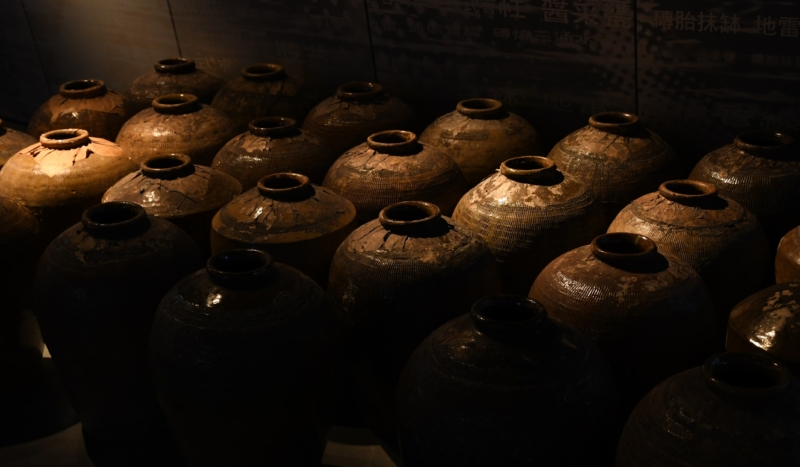
CV NEWS FEED // Although the Vatican lifted its ban on cremation for Catholics in 1963, the practice is still regulated by the Church’s perennial understanding of the dignity of the human body.
In a letter responding to a question regarding how the body should be treated after cremation, Fr Paul J. Keller, OP, STD wrote: “being Catholic makes a difference with what we do with our bodies both in life and in death. Our bodies are made temples of the Holy Spirit when we are baptized. Just as we treat our bodies, and those of all others, with care and respect while we are alive, so too we care for our bodies in death.”
In 2016, the Vatican published updated guidelines, “Instruction Ad resurgendum cum Christo regarding the burial of the deceased and the conservation of the ashes in the case of cremation.”
The most recent instructions permit cremation only when necessary and after the celebration of the funeral rites. Scattering the ashes, dividing them among family members, or preserving them in mementos or pieces of jewelry are not permissible.
“When a Catholic makes use of the permission to be cremated, the remains are to be placed in a worthy vessel and cared for much as one would care for the dead body,” Keller continued, adding “the vessel containing the cremated remains must be buried in a grave or placed in a mausoleum or columbarium (a place where cremains are interred).”
“No one,” said Keller, “has the right to do whatever [they] want with [their] body (in spite of our degraded culture which says we have total freedom over our bodies). Your body is not your own. As with our whole earth, everything belongs to God. We are the caretakers.”
The Vatican document clarifies that cremation is only available as an option to the faithful “in absence of motives contrary to Christian doctrine,” for reasons related to “sanitary, economic, or social considerations.”
As such, dispensing with the ashes of the deceased in any way which has the “appearance of pantheism, naturalism, or nihilism,” is forbidden. “These courses of action cannot be legitimized by an appeal to the sanitary, social, or economic motives that may have occasioned the choice of cremation,” the document adds.
Pope Paul VI first removed the ban on cremation for Catholics in a 1963 document, Instructem Piam et Constantem, addressing previous concerns about whether the practice would prevent a person from becoming resurrected.
It would not. However, “All necessary measures must be taken to preserve the practice of reverently burying the faithful departed,” the document says, adding that cremation is not “opposed to the Christian religion.”

